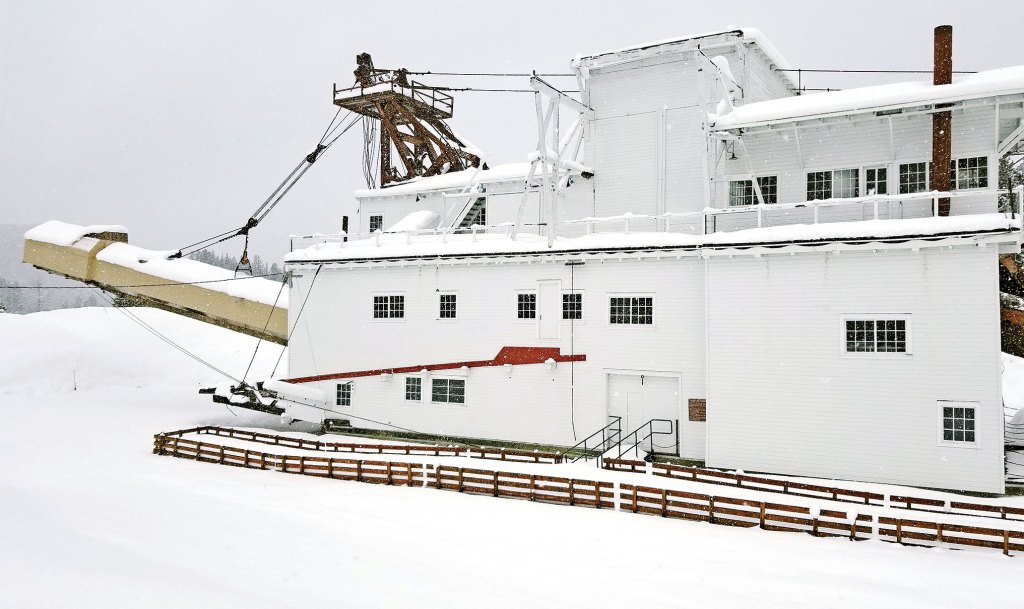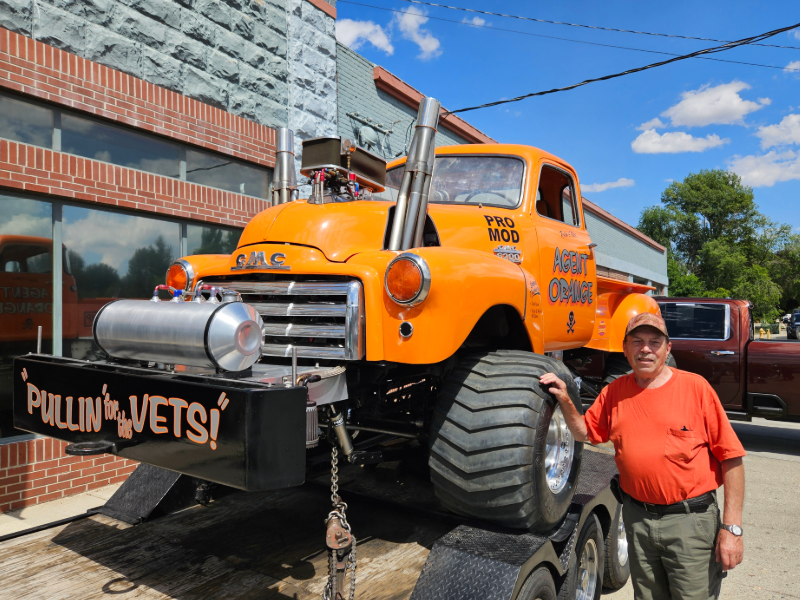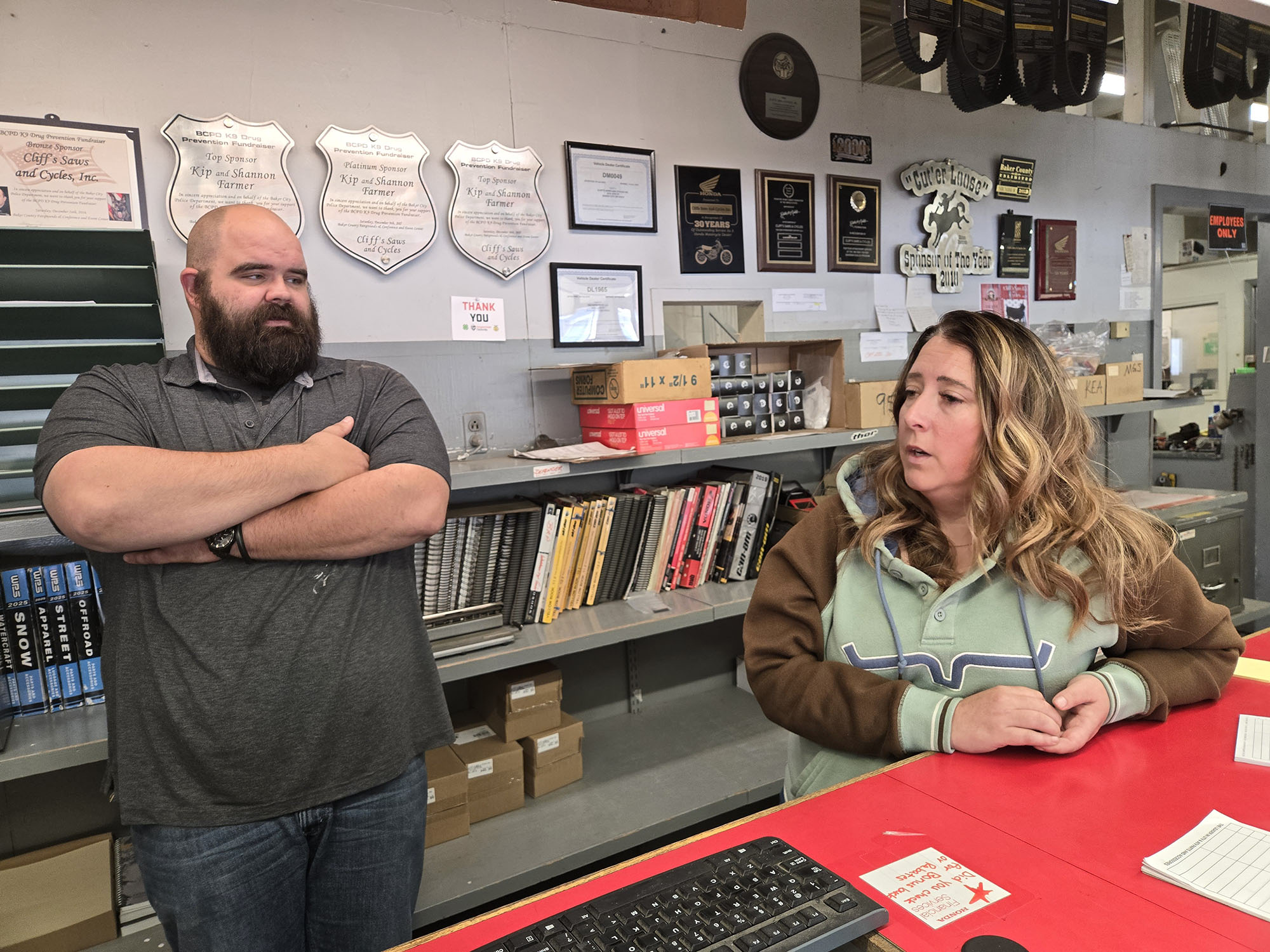COLUMN: The Oregonian slights Sumpter with its ‘most famous ghost town’ claim
Published 9:21 am Friday, July 25, 2025

- The Sumpter dredge is the centerpiece of a state park in the Baker County town west of Baker City.(Jayson Jacoby/Baker City Herald)
I would prefer not to provoke a quarrel with Oregon’s largest newspaper, but The Oregonian has had a go at ghost towns and I can’t remain silent about the Portland publication’s slight to Baker County.
In a story this week, The Oregonian described Shaniko, a town in Wasco County southeast of The Dalles, as “Oregon’s most famous ghost town.”
And not just once.
Trending
This bold claim in the headline was repeated in the second paragraph of the story, a feature about the High Desert Ranger Saloon in Shaniko.
I’ve been to Shaniko several times and I like the place.
The town’s place in Oregon’s history is indeed interesting.
The name, for instance.
Shaniko is a mangled version of Scherneckau. August Scherneckau bought a farm near the townsite after the Civil War, and local Native Americans pronounced his last name approximately as the town’s name is spelled, according to McArthur’s peerless “Oregon Geographic Names.”
(Among the few books I consider mandatory among the collection of anyone who has a true affinity for our state.)
Trending
Shaniko’s heyday, roughly the first decade of the 20th century, came about because of two things.
Sheep and a railroad.
Wool, to be specific.
The Columbia Southern Railway was extended to Shaniko, and the town billed itself as the “Wool Capital of the World.”
Shaniko was also a major shipping center for wheat, a crop produced in the vicinity in prodigious amounts.
The town’s population peak, at least at the time of a federal census, was 495 in 1910. That plummeted to 124 a decade later — a new railroad was built to Bend — and Shaniko, though it remains an incorporated town, has had fewer than 65 residents since the 1940 census.
Shaniko, then, satisfies the basic requirements of a ghost town — a place that thrived rather spectacularly but briefly, yet retains, many decades later, official government recognition as a viable place.
But it seems to me that The Oregonian’s journalists have let their enthusiasm for Shaniko’s saloon get the better of them.
In conferring the superlative — “most famous” — on Shaniko, they have neglected Sumpter.
The case for the latter town, in the Blue Mountains about 28 miles west of Baker City, strikes me as not merely compelling, but irrefutable.
Sumpter trumps Shaniko in multiple relevant criteria.
Sumpter is older, dating to 1862, about a dozen years before Scherneckau arrived in Wasco County.
Sumpter’s boom period puts Shaniko’s in the shade. In the 1900 census, Sumpter’s population was 2,200.
Moreover, the commodity that pushed Sumpter to prominence — gold — carries a cachet that wool and wheat can’t compete with.
When we think of ghost towns we imagine miners, their backs slightly slumped from their toil in the bowels of the Earth, swigging whiskey in a bar and paying their tab in gold dust.
We don’t envision sheep.
Sumpter also boasts two landmarks that outshines any structure, or attraction, in Shaniko.
The dredge and the Stump Dodger.
The massive dredge, more than 50 feet tall and weighing about 2.5 million pounds, gouged its way through the gold-bearing gravels of the Powder River, creating a cacophony so constant that on the rare occasions when it shut down, Sumpter residents were said to peer outside, confused by the sudden silence.
The dredge, which was restored more than 20 years ago, is the centerpiece of a state park at the southern edge of the town.
The Stump Dodger is the nickname for the Sumpter Valley Railroad, a restored narrow-gauge, steam-powered tourist line that carries passengers between Sumpter and McEwen, about 7 miles east.
Although Sumpter qualifies as a ghost town, it’s a particularly lively example.
The city’s population has stayed around 200 for the past few decades, but Sumpter occasionally gets up to the sorts of political dickens that belie its modest size.
Sumpter is a hub for outdoor recreation year round, with a focus on all-terrain vehicles in summer and snowmobiles in winter.
Each year the town hosts flea markets, which bring in dozens of vendors and hundreds of visitors, on Memorial Day, Fourth of July and Labor Day weekends.
Like Shaniko, Sumpter has places to slake your thirst.
But Sumpter boasts a retail establishment that Shaniko doesn’t.
(Nor, come to that, does Baker City, with 10,000 residents.)
A marijuana dispensary.
Most famous indeed.
Jayson Jacoby is the editor of the Baker City Herald. Contact him at 541-518-2088 or jayson.jacoby @bakercityherald.com.









